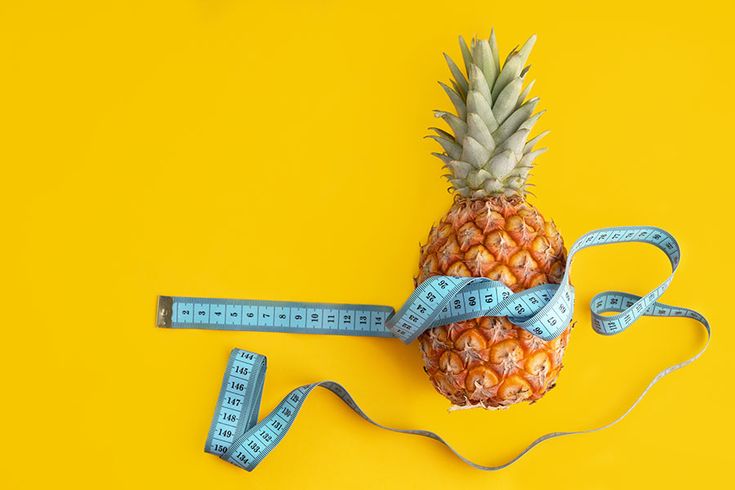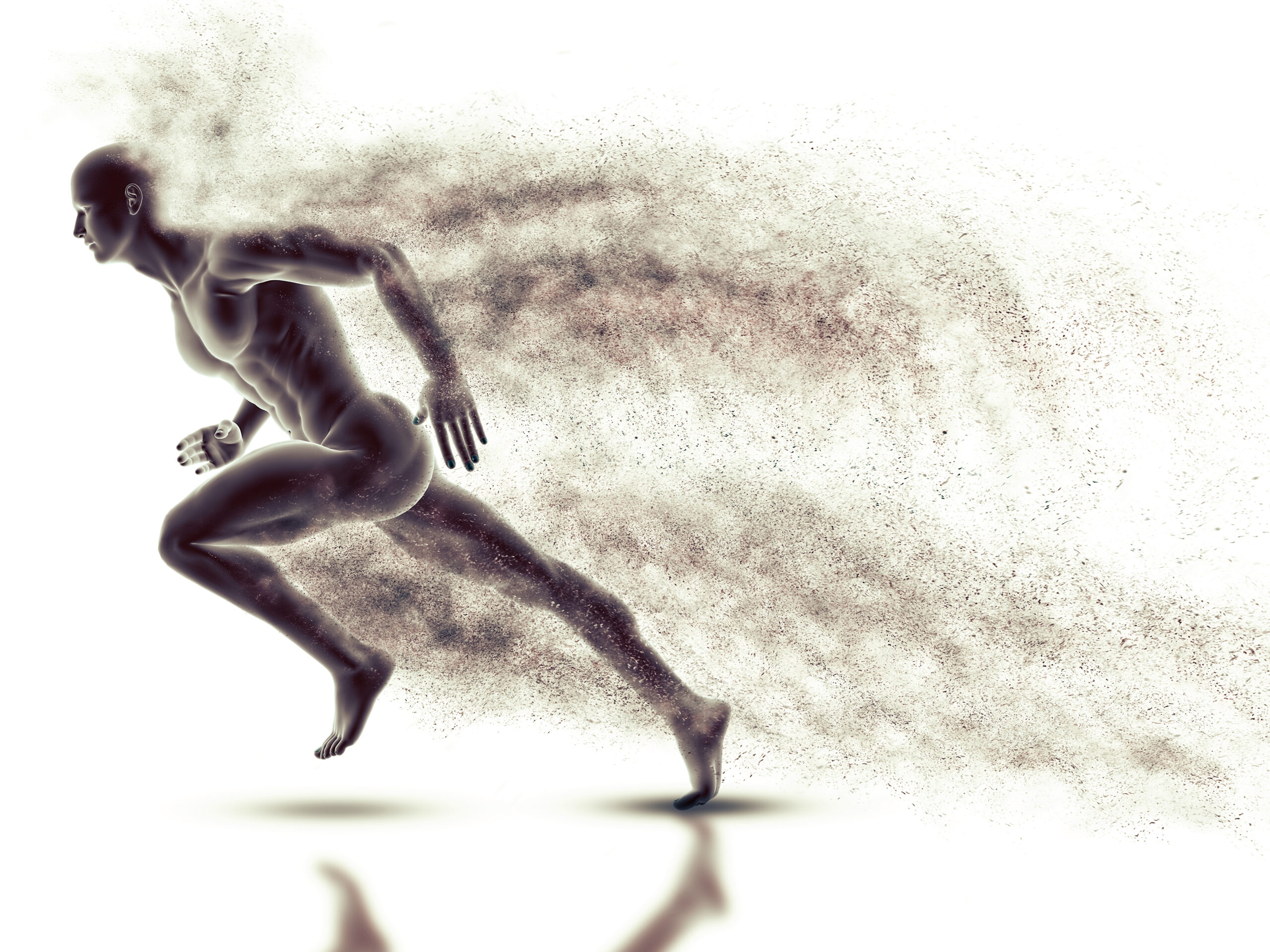When we think about aging and longevity, we often focus on factors like diet, genetics, and overall health. But one surprising factor that plays a critical role in how we age is muscle mass. In Florida, where active lifestyles and outdoor activities are a part of daily life, maintaining muscle mass can significantly impact how well we age, influencing everything from mobility and strength to overall health.
As people age, muscle mass naturally declines—a condition known as sarcopenia—which can lead to a loss of strength, decreased mobility, and a higher risk of falls and injuries. The good news is that muscle mass doesn’t just help us stay active and strong today, but it also serves as an important indicator of longevity. Let’s explore how muscle mass is crucial for long-term health and how you can actively maintain and increase your muscle mass as you age.
The Connection Between Muscle Mass and Longevity
When it comes to aging, muscle mass plays a critical role in determining your health and longevity. Studies have shown that maintaining a healthy level of muscle mass in older age is linked to longer life expectancy. In Florida, where many residents prioritize physical activity, the link between muscle mass and longevity is particularly significant, as the state’s outdoor culture encourages people to stay active throughout their lives.
As we age, our bodies naturally experience a decline in muscle mass and strength, which can have a profound effect on our quality of life. This decline is associated with several age-related conditions such as increased fat accumulation, decreased bone density, and loss of mobility. However, it’s not just about appearance or strength—it’s about improving overall function and reducing the risk of chronic illnesses.
The Role of Muscle Mass in Health and Aging
Muscle mass affects more than just how much weight we can lift or how toned we look in a swimsuit. It plays a vital role in several key aspects of health:
-
Metabolism: Muscle tissue is more metabolically active than fat, meaning that the more muscle mass you have, the more calories your body burns at rest. Maintaining muscle mass helps with weight management and reduces the risk of obesity, which is a major contributor to conditions like type 2 diabetes and heart disease—both of which are prevalent concerns in Florida’s aging population.
-
Bone Density: Strong muscles support healthy bones by reducing the risk of osteoporosis. Weight-bearing exercises that build muscle also stimulate the production of bone-forming cells, helping maintain bone density. This is especially important for older adults in Florida, where falls due to weakened bones can lead to severe injuries.
-
Mobility and Independence: Maintaining muscle mass is essential for preserving functional ability as we age. This includes the ability to stand up from a chair, walk, climb stairs, and lift objects. For seniors in Florida, preserving these abilities is crucial for maintaining independence and enjoying an active lifestyle, whether that involves outdoor activities or social engagement.
-
Reduced Risk of Chronic Diseases: Increased muscle mass has been shown to lower the risk of chronic conditions like heart disease, diabetes, and even certain types of cancer. In Florida, where health and wellness are high priorities, focusing on muscle mass can reduce healthcare costs and improve long-term outcomes.
Why Muscle Mass Declines with Age
As we age, several factors contribute to the gradual decline in muscle mass. A major factor is testosterone levels, which naturally decrease over time in both men and women. Testosterone plays a key role in building and maintaining muscle mass. Without adequate levels, muscle protein synthesis slows, and muscle fibers become less dense.
In addition, the aging process leads to a reduction in physical activity and a slower recovery from exercise, both of which contribute to muscle loss. In Florida, however, the vibrant culture of outdoor activities—whether it’s walking on the beach, biking, or participating in group fitness classes—offers an excellent opportunity to combat this natural decline.
How to Maintain and Build Muscle Mass in Florida
Maintaining muscle mass doesn’t have to be difficult. By making simple adjustments to your daily routine, you can preserve your muscle strength and improve your overall health. Here are several effective ways to maintain and build muscle mass as you age:
1. Strength Training
Engaging in regular strength training exercises is one of the most effective ways to combat muscle loss and maintain bone health. In Florida, you can take advantage of the many fitness centers, parks, and even beaches that offer space for strength-building exercises. Start with basic bodyweight exercises such as squats, lunges, and push-ups, and gradually incorporate resistance bands or dumbbells to increase the intensity.
Aim to include strength training exercises at least two to three times per week. This type of exercise increases muscle fiber size and muscle protein synthesis, helping to counteract the natural decline in muscle mass that occurs with age.
2. Protein-Rich Diet
Eating enough protein is essential for building and maintaining muscle mass. As we age, our bodies become less efficient at processing protein, so it’s important to ensure that your diet includes enough high-quality protein sources. In Florida, where fresh seafood is abundant, you can take advantage of local fish, such as salmon and tuna, as well as lean meats, eggs, and legumes.
Aim for a protein intake of about 1.2 to 1.6 grams per kilogram of body weight each day, and spread it out across meals to maximize muscle protein synthesis. A balanced diet with healthy fats, fruits, and vegetables will also support muscle maintenance and overall health.
3. Stay Active
While strength training is crucial for building muscle, cardiovascular exercise is equally important for overall health. In Florida, with its year-round mild weather, outdoor activities like walking, swimming, cycling, or jogging are great options to improve endurance and overall fitness.
Cardio exercises help promote blood circulation, which is vital for delivering oxygen and nutrients to muscles, aiding in recovery and growth. Try to incorporate aerobic exercises into your routine at least three to five times per week to support muscle maintenance and heart health.
4. Adequate Rest and Recovery
Recovery is just as important as exercise when it comes to maintaining muscle mass. In Florida, where the active lifestyle can sometimes lead to overexertion, it’s important to listen to your body and allow adequate time for rest and sleep. Muscle growth occurs during rest periods when the body repairs and rebuilds muscle fibers. Aim for seven to nine hours of sleep each night to promote muscle recovery and hormone balance.
The Importance of Muscle Mass for Longevity
Maintaining muscle mass is one of the most important factors for longevity and overall well-being as you age. In Florida, where outdoor activities and physical fitness are deeply ingrained in the lifestyle, building and maintaining muscle mass is crucial for staying strong, independent, and healthy as you age. Whether you’re a young adult just starting to focus on fitness or a senior looking to stay active, muscle mass should be at the top of your priority list for aging well.
With the right combination of strength training, a balanced diet, and a commitment to staying active, you can build a foundation for a long, healthy life. In Florida, where health is celebrated, muscle mass can be the key to not just adding years to your life, but life to your years.



